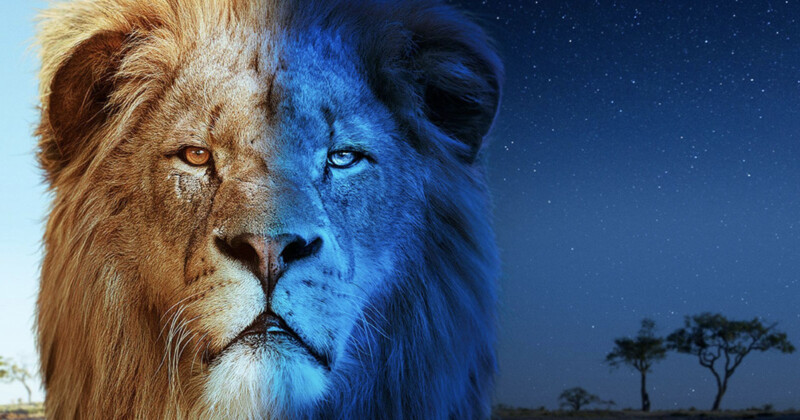Cinematographers for ‘Big Cats 24/7’ Spent Six Months in Okavango Delta

For the upcoming PBS series Big Cats 24/7, a crack team of cinematographers spent six months in Botswana’s Okavango Delta surrounded by lions, leopards, and cheetahs.
The elite camera crew including wildlife cinematographers Gordon Buchanan, Vianet Djenguet, and Anna Dimitriadis, led by Brad Bestelink and his local camera team, documents the dramatic lives of big cats for six months, over two extreme seasons.
And while Okavango Delta residents are the stars of the show, so are the cinematographers who are frequently featured in the six-part series — showing their travails as they film the apex predators.
Big Cameras for Big Cats
The crew tells PetaPixel that they used a myriad of camera equipment to film the show which included high-end cinema cameras, thermal imaging gear, and vlogging-style cameras.
“For filming wildlife at a distance, the tried and tested combination for wildlife filmmakers is a RED camera with a Canon 50-1000mm CN20 lens,” the producers explain.
RED are rugged and reliable cameras; able to withstand cold and hot temperatures as well as all the dust and debris the Okavango has to offer.
The CN20 is “a foundational lens for wildlife filming, offering a massive focal range to film establishing wides to highly intimate closeups all in one package.”
But while standard cameras are great for daytime, cats are famously active at nighttime and the crew turned to thermal SLX Merlin and SLX Superhawk cameras which are ex-military grade.
“Thermal cameras are closer to pieces of lab equipment than they are to normal photography cameras and require practice and patience in their operation,” the crew explains.
“The team had to learn on the fly using them, and were able to gain whole new insights and uncover new stories into cats’ behavior while filming at night.”
Drones were deployed too: Standard Mavic 3 Cines for daytime and the thermal Mavic 2 Enterprise for nighttime.
Capturing the Crew
To film the behind-the-scenes action, producer directors had to use cameras themselves to film the cinematographers and for this, they used the Sony FX6.
“The shooting PDs needed an on-the-shoulder rig that was lightweight, versatile, and easy to use, with the ability to record on camera sound of crucial importance,” the crew explains.
“The FX6 is a compact and high-quality package for obs-doc style filming with dual native ISOs for shooting during the day or night, excellent autofocus, and dual XLR audio inputs, which made it the perfect choice for filming the long lensers while in the trucks next to them.”
But to give viewers a more immersive feel, the crew rigged GoPros to the safari vehicles for POV shots of the cinematographers in action.
“Across the team, a total of 25 GoPros were used for diary cam style filming, fixed viewpoints of the camera operators while filming, POV shots on cameras, and rugged vehicle-mounted shots,” adds the crew.
The first episode of Big Cats 24/7 will air on PBS September 18, 8:00 p.m. E.T. It is a BBC Studios Natural History Unit production for PBS and BBC. It will be available to stream on all station-branded PBS platforms.